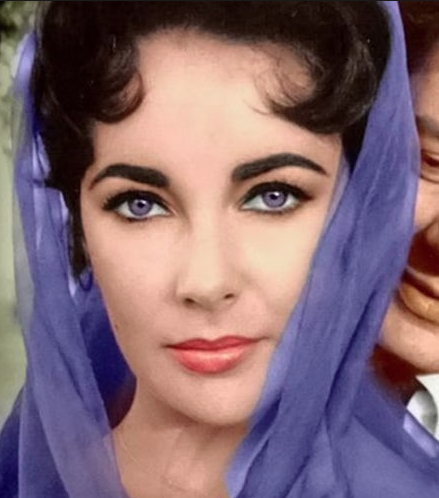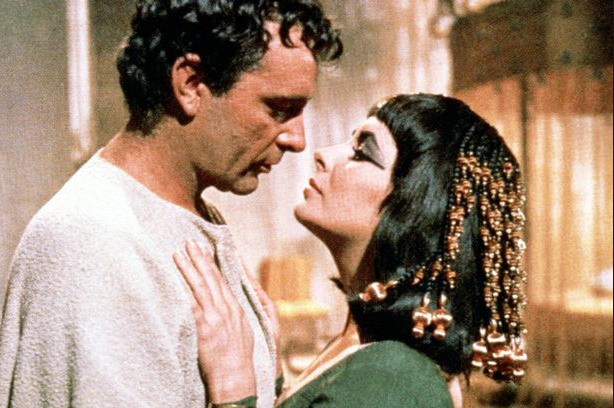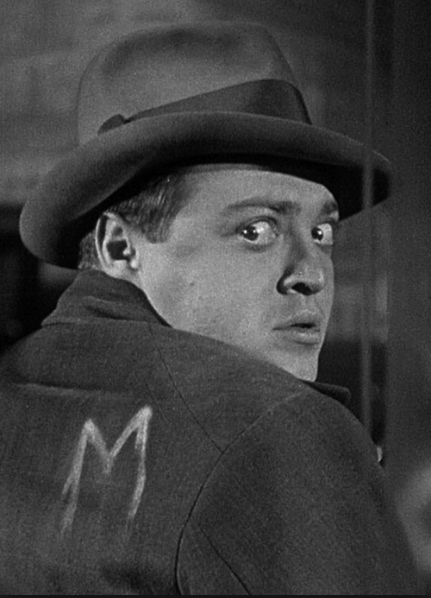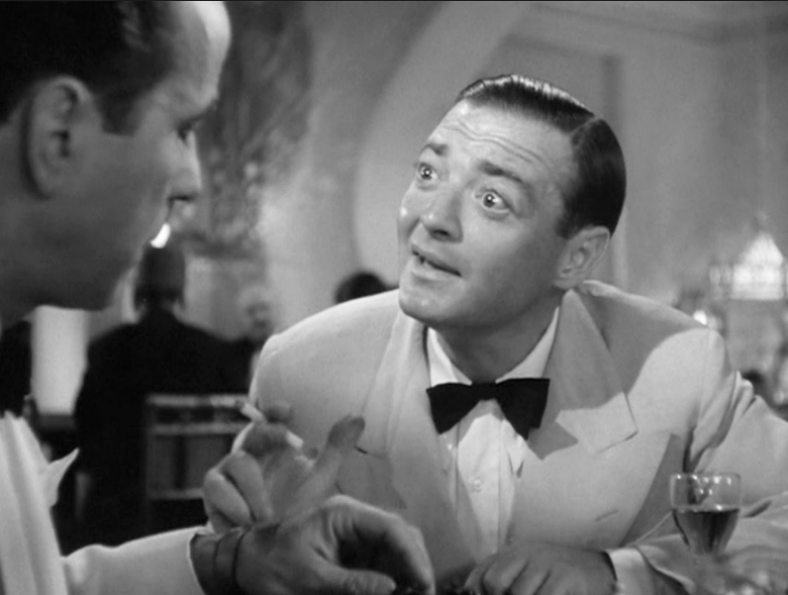Beware the ides of March? For a pair of actors, the 23rd of March was the day to worry about. Elizabeth Taylor (2011) and Peter Lorre (1969) both breathed their last on March 23rd.
Elizabeth Taylor was, in many ways, the epitome of Hollywood glamor. Beautiful, with  stunning violet eyes, and a life that gave her movies a run for their money in tragedy and drama, with eight marriages to seven men (she married and divorced Richard Burton twice), Her marriage to Burton is arguably the first modern celebrity romance; it’s not hard to draw a line from the magazine stories chronicling the stormy life of “Liz and Dick” to TMZ and the media’s obsession with “Brangelina,” (Brad Pitt and Angelina Jolie), “Bennifer” (Ben Affleck and Jennifer Garner) and the constant stream of stories on the Star and Enquirer sifting the ashes of the Jennifer Aniston and Justin Theroux’s divorce.
stunning violet eyes, and a life that gave her movies a run for their money in tragedy and drama, with eight marriages to seven men (she married and divorced Richard Burton twice), Her marriage to Burton is arguably the first modern celebrity romance; it’s not hard to draw a line from the magazine stories chronicling the stormy life of “Liz and Dick” to TMZ and the media’s obsession with “Brangelina,” (Brad Pitt and Angelina Jolie), “Bennifer” (Ben Affleck and Jennifer Garner) and the constant stream of stories on the Star and Enquirer sifting the ashes of the Jennifer Aniston and Justin Theroux’s divorce.
Taylor dealt with the constant rumor-mongering with a grace impossible to imagine today. Famous since her starring role at the age of 12 in “National Velvet” (1944), she transitioned to adult roles with “Father of the Bride” (1950), and importantly, “A Place In The Sun” (1951), the acclaimed adaptation of Theodore Dreiser’s “An American Tragedy.” The latter film was an early highpoint, but more importantly, he was her first film with Montgomery Clift, a friendship that lasted until his death in 1966.
Under contract to MGM, she chafed at the studio’s choices, but appeared in such classics as “Giant” (1956), “Raintree County” (1956), “Cat On A Hot Tin Roof” (1957), “Suddenly Last Summer” (1959), and BUtterfield 8″ (1960), which garnered her a Best Actress Oscar.
Her personal life attracted as much attention as her film. Her marriages to Conrad Hilton and Michael Wilding ended in divorce, while her third husband, producer Michael Todd, died in a plane crash in 1958. Devastated by Todd’s death, she fell into an affair with singer Eddie Fisher, who was married to her good friend, Debbie Reynolds. Her wedding to Fisher (and the breakup of the Fisher-Reynolds marriage) was a major public scandal.
 But it was nothing compared to the ballyhoo that accompanied her romance and marriage to actor Richard Burton. It began on the set of “Cleopatra” (1963), the most expensive movie of its time, and despite its commercial success, more attention was paid to their romance than the film. Burton and Taylor ended up appearing opposite each other in 11 film, including the movie adaptation of Edward Albee’s “Who’s Afraid of Virginia Woolf?” (1964), which won her a second Oscar.
But it was nothing compared to the ballyhoo that accompanied her romance and marriage to actor Richard Burton. It began on the set of “Cleopatra” (1963), the most expensive movie of its time, and despite its commercial success, more attention was paid to their romance than the film. Burton and Taylor ended up appearing opposite each other in 11 film, including the movie adaptation of Edward Albee’s “Who’s Afraid of Virginia Woolf?” (1964), which won her a second Oscar.
It was a high point of her career, but also the start of its decline . Stars such as Faye Dunaway and Jane Fonda overtook her popularity, and the high-priced drama of her marriage to Burton became an object of derision. They divorced in 1974, only to remarry a year later, and divorce, again, the year after that.
She remained in the public eye, trading her fame as movie star for public outreach, supporting Israel (she converted to Judaism in 1959), and later, HIV research. She was also one of Michael Jackson’s most loyal friends. Her health—never good— deteriorated, and in 2011, she died at Los Angeles’ Cedars-Sinai Medical Center.
She managed to be a star, even in death. At her request, her funeral began 15 minutes after its announced time, as she wanted to be late for her own funeral.
 Peter Lorre was one of the memorable stock players at Warner Brothers in the 1940s, playing dark, weak-willed foreigners such as the ill-fated smuggler Ugarte in “Casablanca.” But his most famous role might be his first: the serial child killer in Fritz Lang’s early masterpiece, “M” (1931). Forced to leave Germany when the Nazis came to power, he found success in England, appearing in Alfred Hitchcock’s 1934 version of “The Man Who Knew Too Much,” eventually settling in America in the 1940s, where he made strong impressions in “The Maltese Falcon” (1941), “Passage To Marseilles” and “Arsenic And Old Lace” (both 1944).
Peter Lorre was one of the memorable stock players at Warner Brothers in the 1940s, playing dark, weak-willed foreigners such as the ill-fated smuggler Ugarte in “Casablanca.” But his most famous role might be his first: the serial child killer in Fritz Lang’s early masterpiece, “M” (1931). Forced to leave Germany when the Nazis came to power, he found success in England, appearing in Alfred Hitchcock’s 1934 version of “The Man Who Knew Too Much,” eventually settling in America in the 1940s, where he made strong impressions in “The Maltese Falcon” (1941), “Passage To Marseilles” and “Arsenic And Old Lace” (both 1944).
He ran into problems with the 1950s Hollywood Blacklist, turning to TV for a few episodes of “Alfred Hitchcock Presents” and a supporting role in “20,000 Leagues Under The Sea” (1961), ending his career playing opposite Vincent Price in a pair of Roger Corman’s Edgar Allen Poe adaptations, “Tales of Terror” (1962) and”The Raven” (1963), dying in 1964.
Also gone today: Peter the Cruel, the redolently-named king of Castile and Leon (1369); Davey Moore, a boxer who died in the ring in 1963, and became the subject of a Bob Dylan song; and Friedrich A von Hayek, the British economist whose books, including “The Road To Serfdom” formed the basis for the Chicago School and Right-Wing policies. (1992)


Leave a Reply